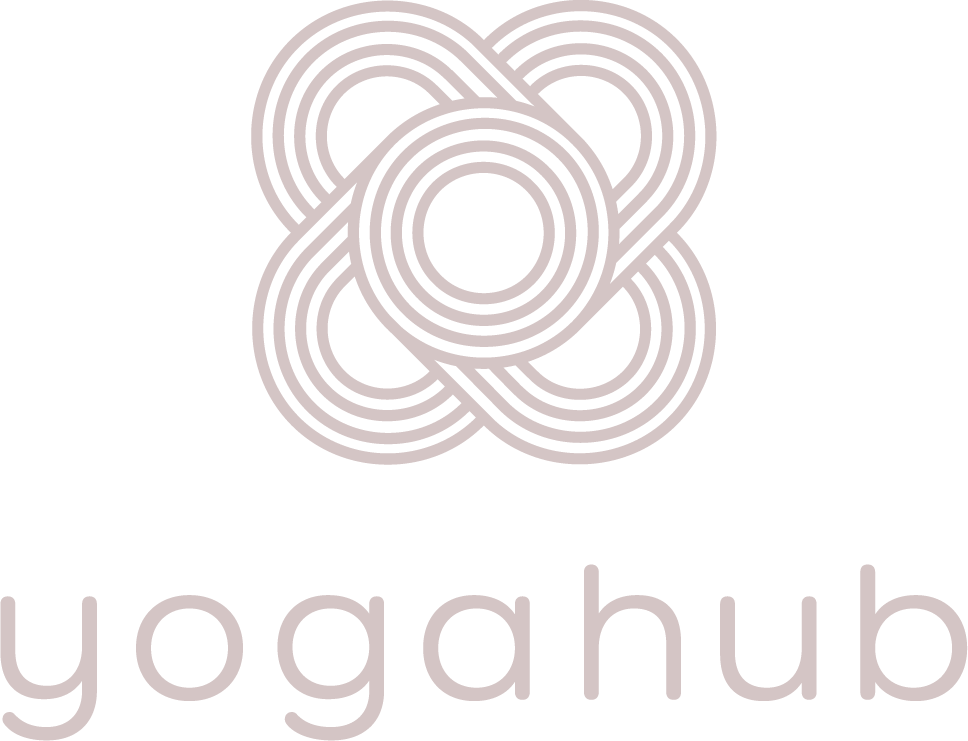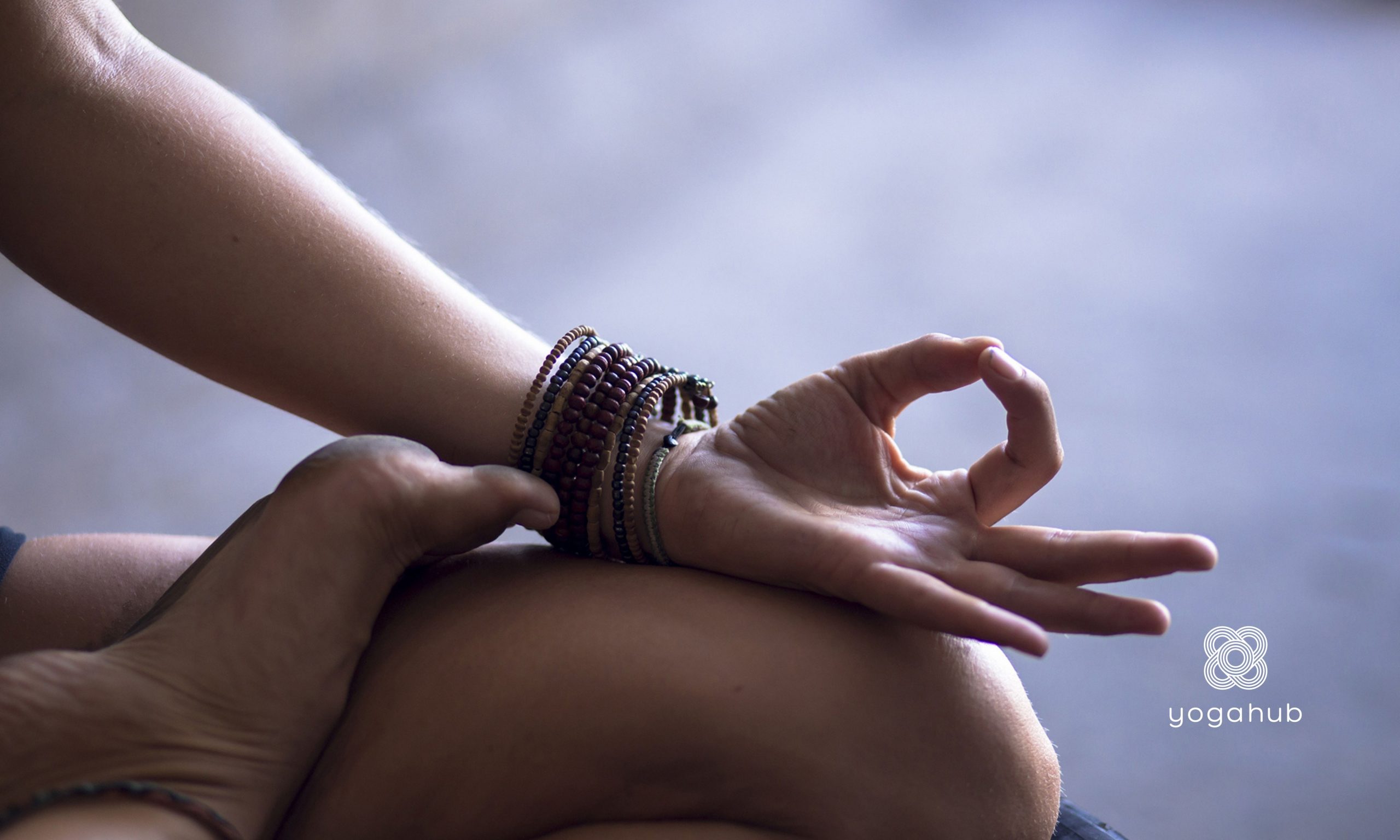There are many yoga classes that fall into the general category of ‘yoga flow’ but what resonates with each student is very personal and depends on what you want from your yoga practice in this particular time of your life. One of the main factors in starting yoga, is choosing what type to try. A very common title of class style in studios is ‘yoga flow’. How it is taught often depends on the teacher and studio. One of the main influencing factors to how a teacher teaches and sequences their yoga flow class is the style of yoga that inspires their teaching. The way yoga has been assimilated into modern culture has allowed for more freedom to integrate many different styles into one class. Here are some of the styles that influence modern yoga flow classes.
- Ananda – this style is a gentler asana practice which incorporates affirmations within the poses. The emphasis is on ‘self-realisation’ through the mind and body, with 39 energy regulation techniques and a focus on relaxation within the effort of each pose.
- Anusara – founded by John Friend in 1997 this style incorporates elements of Iyengar and tantric influences. Including many backbends, there is an emphasis on opening the heart as a tool for connecting to one’s innate wholeness that is our true nature. This is a very heart-centred practice and has a strong sense of community.
- Ashtanga Vinyasa – taught by Patthabi Jois of Mysore India, and is a set sequence of postures within what are known as ‘series’. The Primary Series is a sequence of set postures that each student learns and practices with an emphasis on mastery of each pose without the aid of props or modifications. Ashtanga was traditionally taught in Mysore style where the teacher supervises a class where each student practices the series in their own time.
- Bikram – named after the founder Bikram Choudhury this style was highly publicised by Bikram in 1970s California and became an internationally known style in the years that followed. This 26 pose set sequence is practiced within a heated room above 40 degrees Celcius, each posture performed twice for about 30 seconds to a minute. There are no inversions or arm balances. This is an intense practice which inspired the birth of ‘hot yoga’.
- Iyengar – named after its founder Belur Krishnamachar Sundararaja (BKS) Iyengar who suffered from many physical ailments as a youth, this practice incorporates props and focuses on ‘perfect’ alignment. It is an intense physical practice where poses are held for longer – at first to gain stability and then to ‘perfect’ alignment until the body becomes strong enough to make this effortless and meditative.
- Kundalini – this style focuses on pranayama (breathwork) and the chakras. It was brought to the West by Harbhajan Singh Puri, known to most as Yogi Bhajan. This practice is not as physical as others, but does include some physical poses. Practices include intense focus, breathwork and chanting said to stoke your inner fire.
- Vinyasa Flow – finally we come to the style most commonly taught in most studios. ‘Vinyasa’ derives from the words nyasa and vi meaning ‘to place in a specific way’ but what is more commonly understood and described by Godfrey Devereux as “a continuous series of breath-linked postures.” Incorporating elements of Ashtanga, Iyengar and Krishnamacharya this style allows for strong standing postures, modifications, and the use of props. There is emphasis on matching breath to movement in a series of poses that flow from one to the next, all with intention and awareness. Many teachers and students find more freedom within this style, as sequences can be changed and adapted week to week. With an emphasis on the original meaning many classes include setting an intention, and moving with mind and body awareness.
While there are many other forms and yoga influences that are not included here, these are the main influences to our modern yoga flow classes. What I always take from learning more about the roots of yoga is that there are many views and approaches to modern yoga, but all have very similar strands within them. We can learn so much about our body, mind and connection to the self from yoga, which can often mean exploring different styles and teachers in order to find what resonates with you right now. I hope this very short guide helps to spark your curiosity and inspire some further exploration of the many styles and influences of modern yoga flow.
Book a class with Yogahub now, click here!



